The “dirty soda” phenomenon—sodas dressed up with cream, syrups, mix-ins, and flavor twists—is no longer just a regional novelty. It has caught the eye of major beverage companies and fast-food chains, driving new product launches and menu innovations.
What Is Dirty Soda — And Why It’s Gaining Momentum
Dirty sodas are carbonated soft drinks enhanced with added elements like flavored syrups, creams (dairy or nondairy), fruit purees, or other mix-ins to create a more indulgent, customizable drink experience. The origins trace back to Utah’s drive-thru soda shops, where customers began mixing sodas with creamer or syrups for extra sweetness and texture. Over time, the idea evolved from underground craft drinks into a broader menu category.
While it may sound gimmicky, the appeal lies in customization, visual flair, and the “treat yourself” factor. Younger consumers, especially those who frequent social media, are drawn to the ability to tailor and photograph their drinks.
Pepsi, Taco Bell & the Mainstream Push
Recognizing the trend’s rising popularity, Pepsi has moved to integrate “dirty soda” concepts into its offerings. Its “Drips” lineup, for example, blends classic Pepsi brand drinks with add-ons and flavor extensions designed to appeal to premium-beverage seekers.
Meanwhile, fast-food and quick-service chains like Taco Bell are experimenting too. The chain is exploring beverage enhancements and specialty drink concepts to stay competitive in an era where consumers expect more than just standard soda cups.
These moves show a shift in how beverage companies view soft drinks—not simply as a base product to pair with meals, but as a vehicle for experimentation, margin expansion, and customer engagement.
Why Beverage Mixology Matters Now
- Higher margins: Custom or limited-time upgraded drinks tend to carry premium prices, boosting profitability.
- Brand differentiation: In a saturated food and drink market, offering “mixology” beverages helps chains stand out.
- Menu flexibility: Beverages are easier to tweak than food items; recipes can be changed rapidly in response to trends.
- Digital & social appeal: Colorful, layered drinks with swirling cream or mix-ins are highly shareable on Instagram, TikTok, and other platforms.
Challenges & Risks
- Operational complexity: Adding syrups, creams, and mix-ins requires more training, precision, and quality control in busy restaurant settings.
- Ingredient cost & logistics: The added components increase supply chain demands and can erode margins if not managed carefully.
- Consumer expectations: If the taste or texture doesn’t match the visual promise, disappointed customers may abandon the trend quickly.
- Health perception & backlash: As specialty drinks get richer and more indulgent, critics may argue they promote overconsumption of sugar and calories.
What to Watch Next
- How widely chains adopt dirty soda options, particularly outside U.S. regions where the trend began
- Whether beverage giants launch entirely new sub-brands or menu lines built around mixology sodas
- How consumers respond—whether novelty sustains repeat buying or fades fast
- The balance chains must strike between complexity and consistency in drink execution
In short, the dirty soda wave is evolving from a quirky niche into a mainstream battleground for innovation in the beverage world. For brands willing to experiment, it could be the next frontier of flavor—and profit.

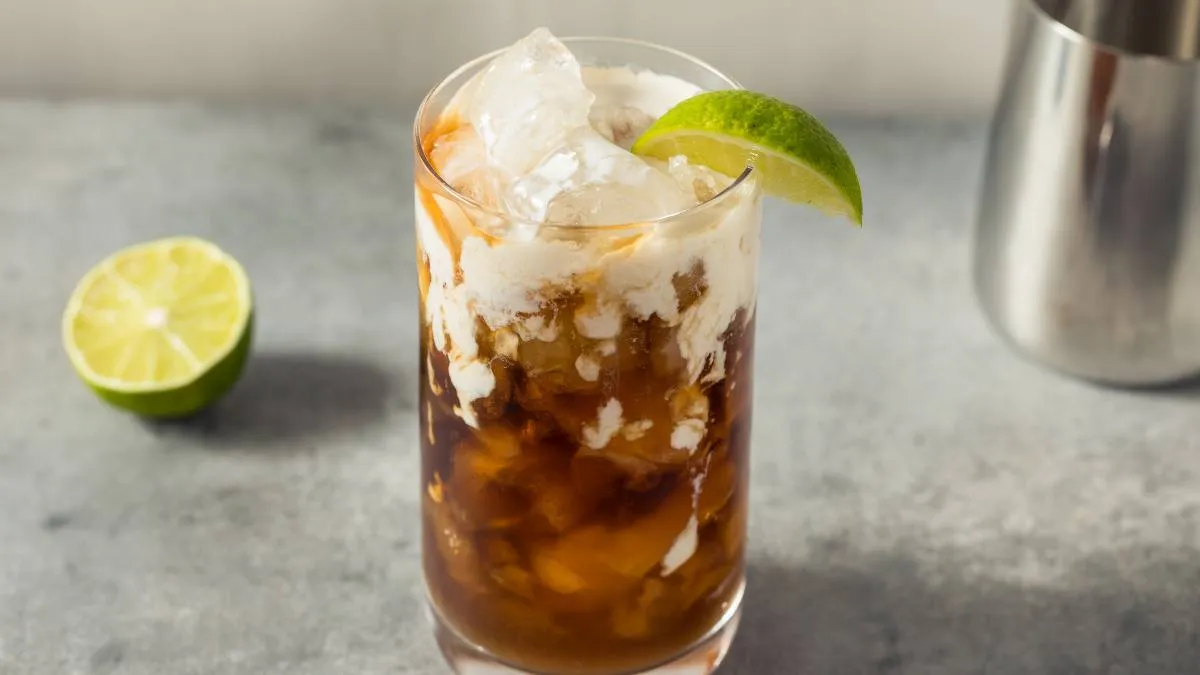
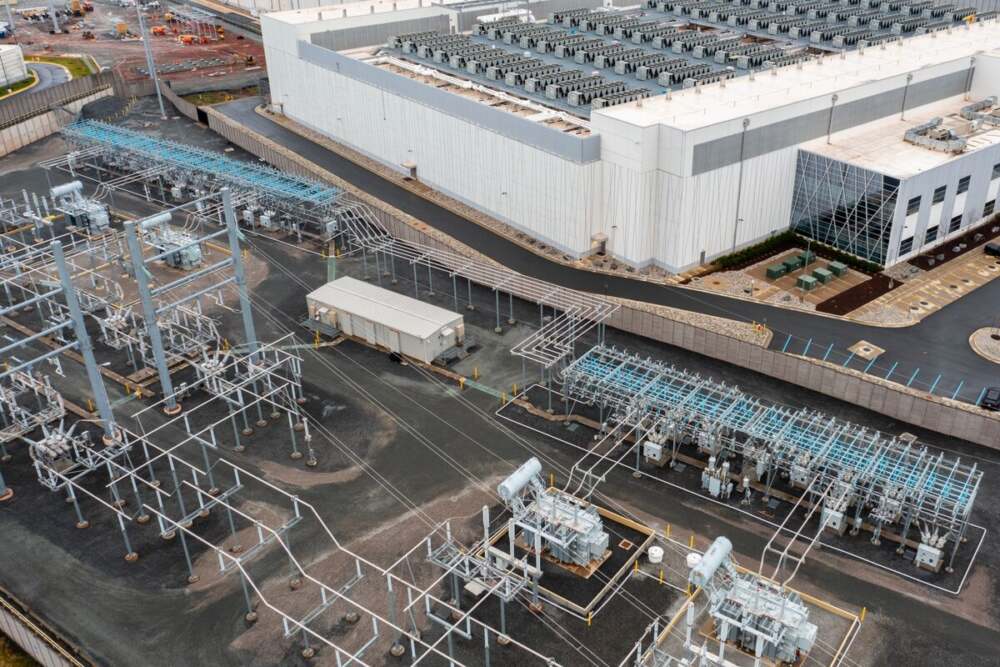

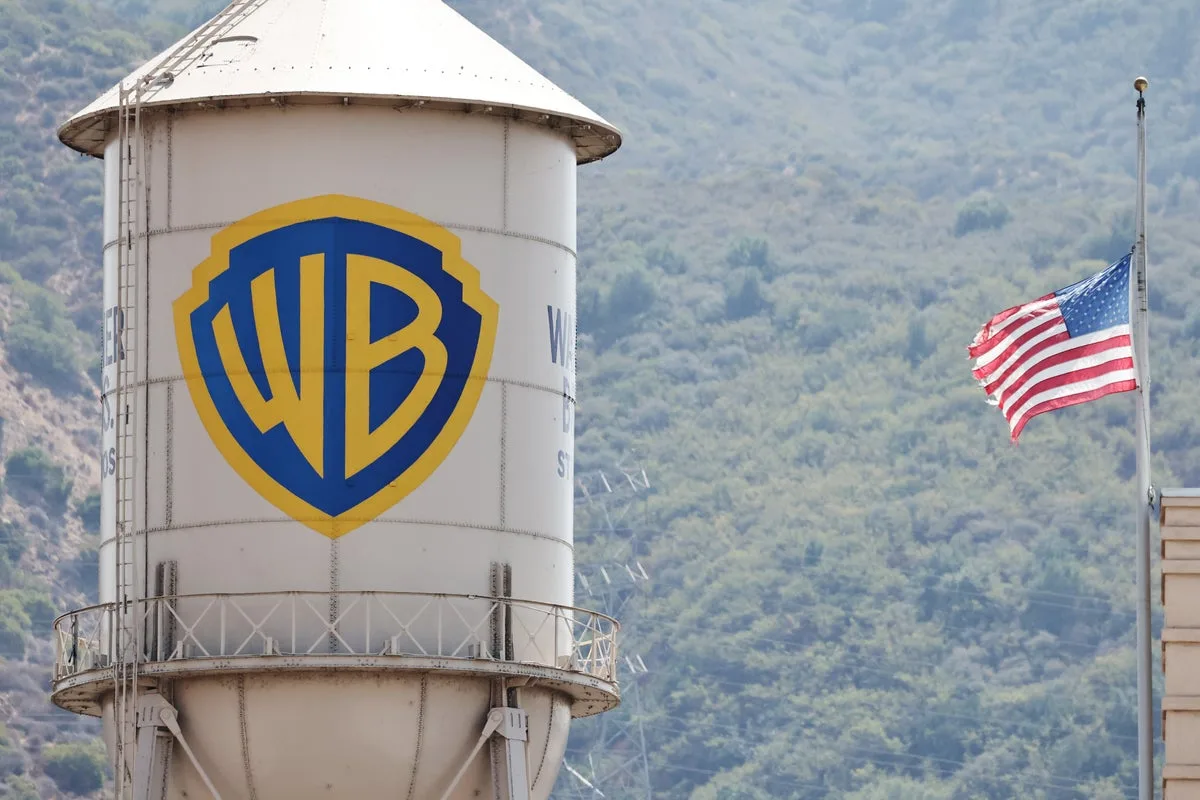

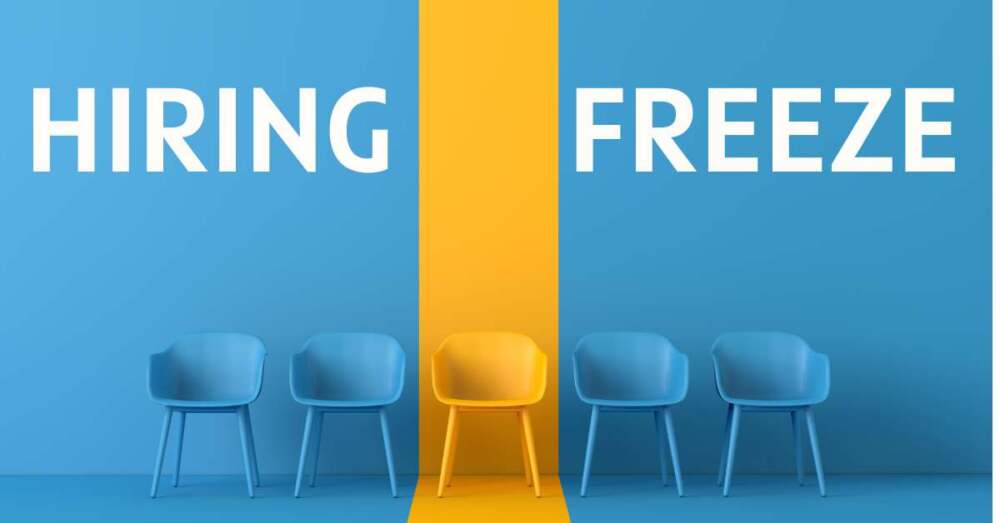
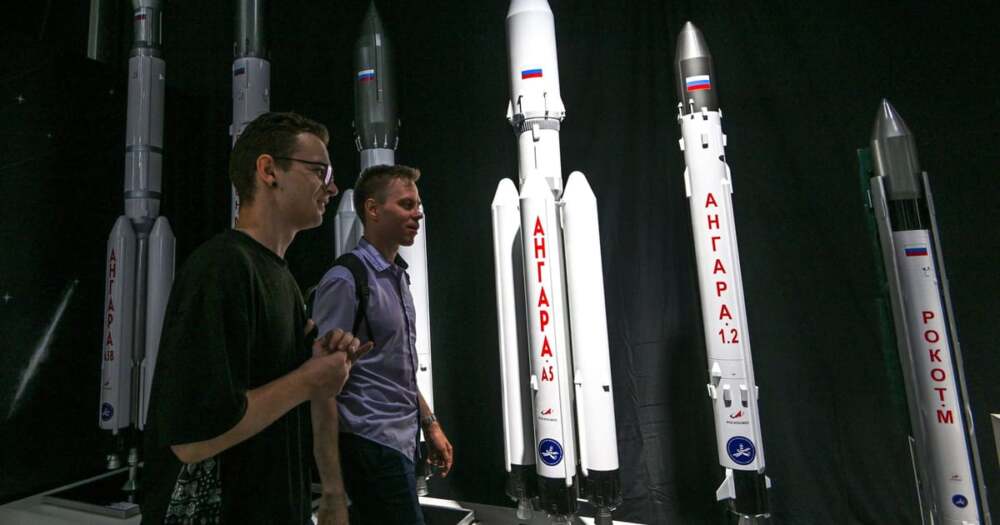
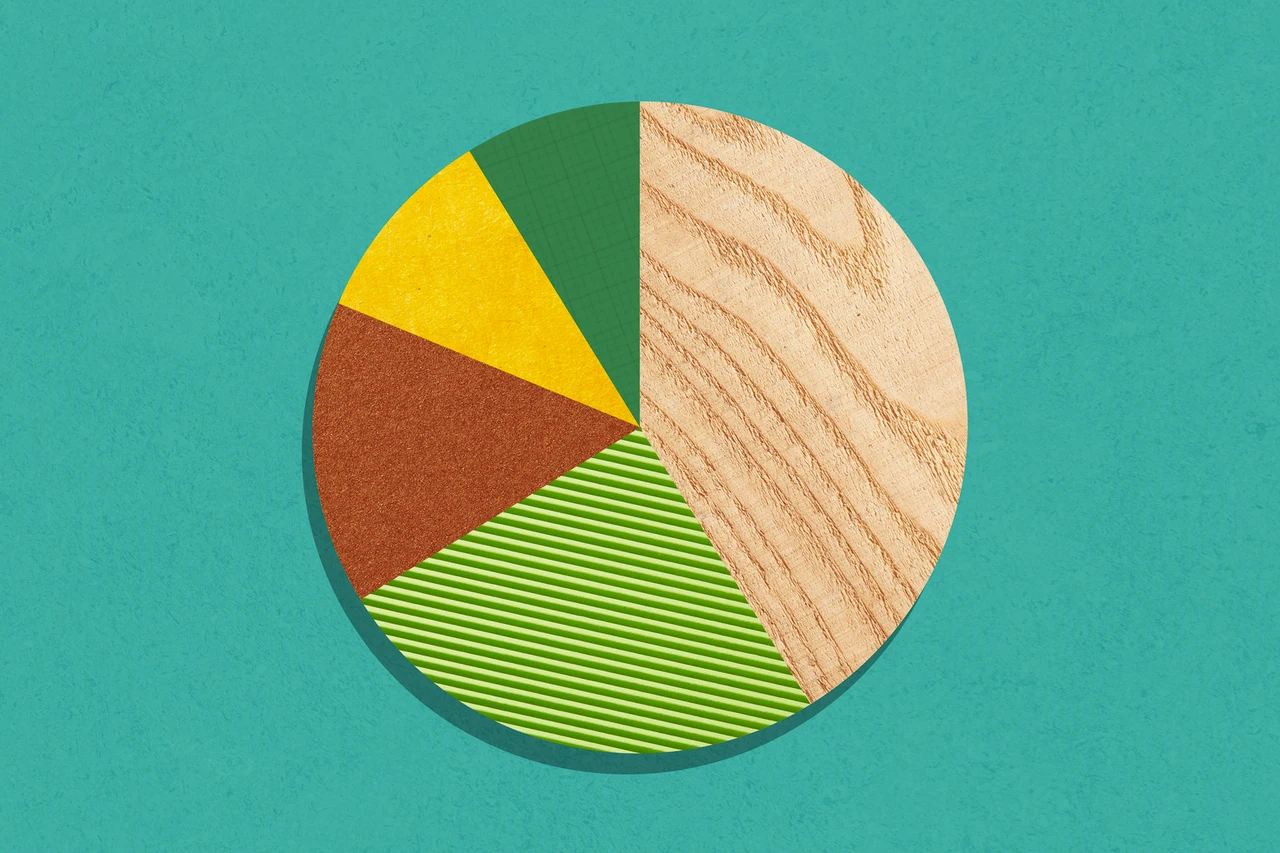
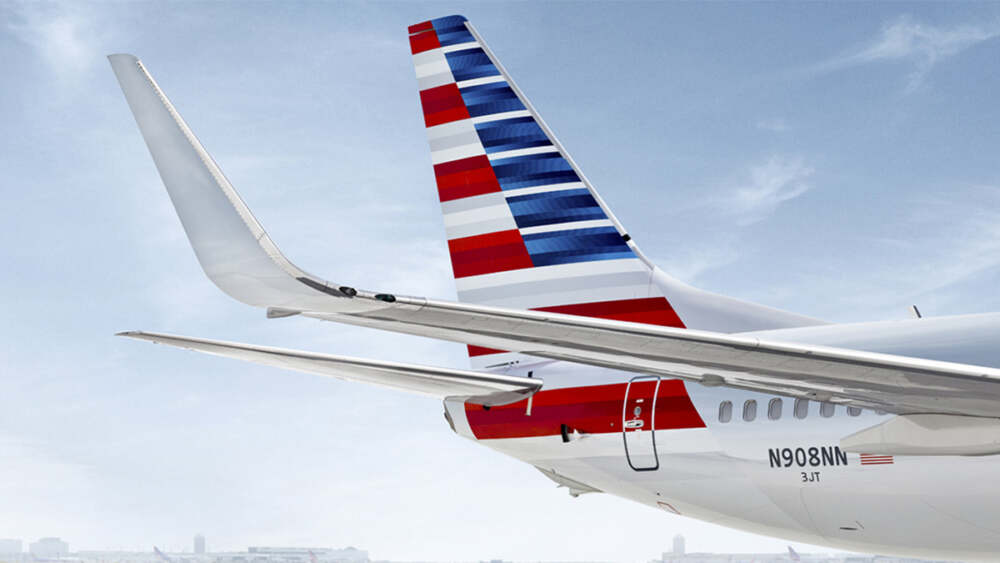
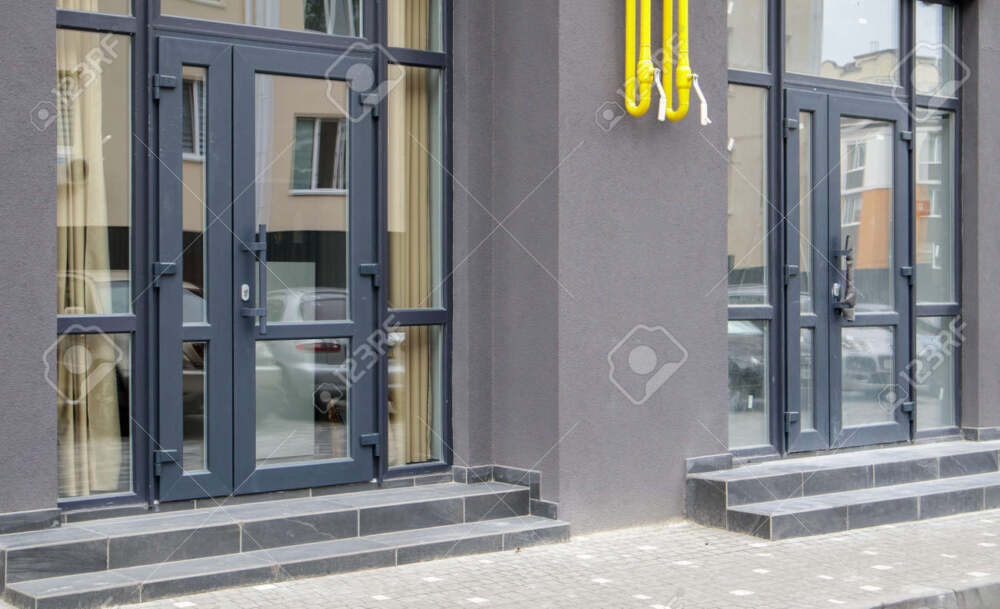





Leave a Reply